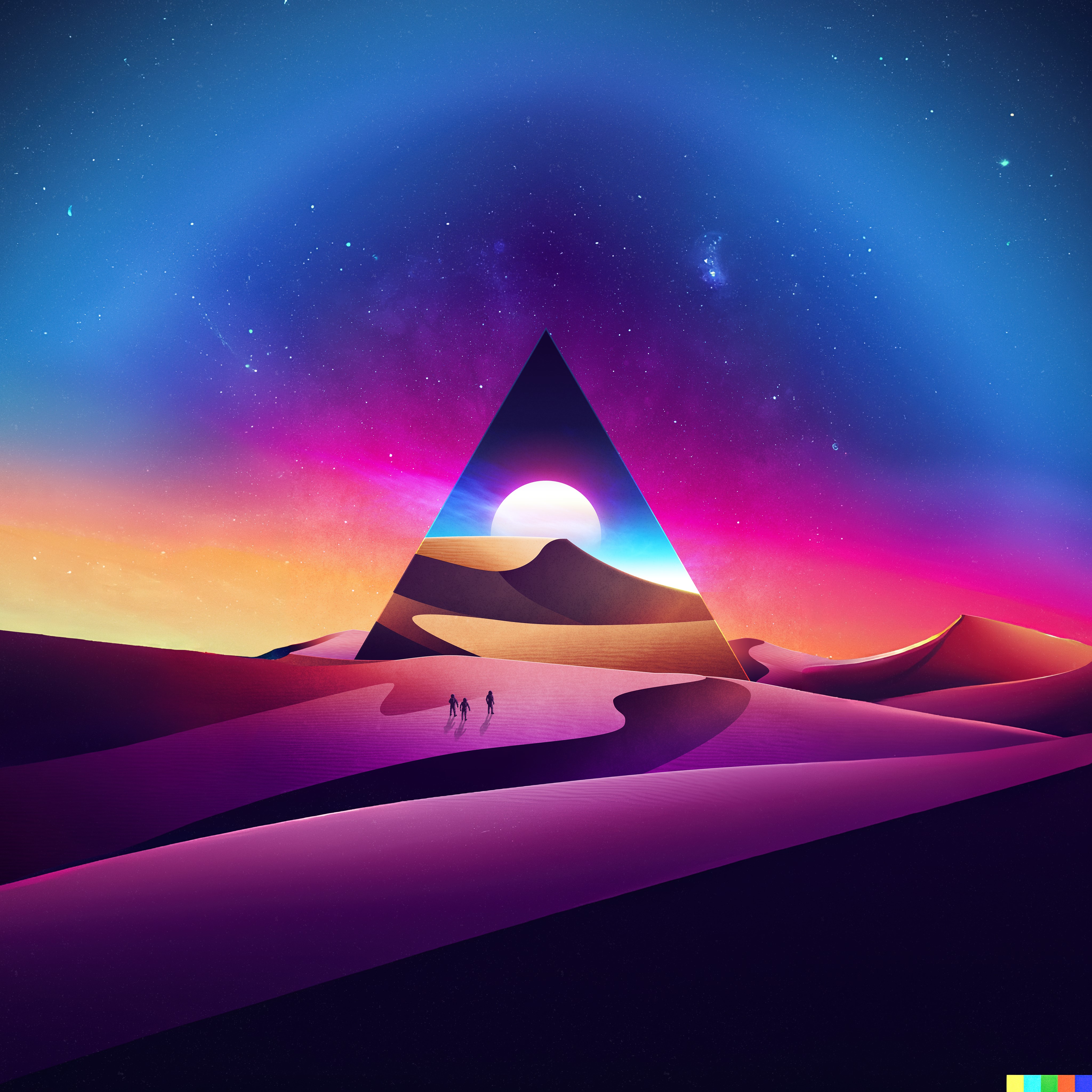Full disclosure: I originally posted this to Reddit a couple years ago, but I wanted to post it here due to subs going private and being inaccessible
TL;DR: I fulfilled my dream of making my perfect Periodic Table of Elements + details on the science of the characters and such that I can’t summarise. If I make any changes to the document, I’ll post a link to the edited file below. Links to download larger size than OP below.
I made a high quality bilingual Chinese-English Periodic Table of Elements (PTE)! I have always found that finding a high resolution PTE that also includes the data I want to be simply impossible. Doubly so if I wanted it in Chinese. So I decided to create a PTE that included all the items on my wish list. Namely:
Very high resolution. My source file is currently at 20K, but I used vectors, so really it can be whatever resolution I want. At its current resolution, it could be enlarged to nearly 5 metres wide before loss of quality becomes evident. That’s about the size of a wall, so I doubt many people will need the full resolution.
Includes all the most important scientific data such as shells, configuration, and mass.
Includes Chinese
Finally, it has to look nice. Jeez, if you’re lucky to find a table with the data you want, it looks like someone with no eye for design did it; not to mention all the JPEG artefacts.
Is colourblind friendly. A lot of PTEs use colours to differentiate, but the colours can even be hard to discern for me, someone who does not have any colourblindness. So in addition to the type-colour, I also included a symbol. Originally, I chose roman numerals, but for some reason, the day before I posted this, the font changed and it got messed up. I couldn’t tell what happened, so I switched them to Chinese numerals, and they’re in order of when they show up.
Here is a link to download a 5K version and a 16K version. If for some reason you need a higher resolution, message me.
I plan on printing out a poster of this and framing it. I’ve never used FrameItEasy.com, but it doesn’t look too expensive! I don’t recommend printing it smaller than about 50cm wide, as the text could get too small.
Notes on things you may not know: the Chinese characters can help you understand more about chemistry than you knew before.
Any character with 金 or 钅is a metal, and any character containing those two or 石 is solid at room temperature (STP).
Any character with 气 is a gas at room temperature.
Any character with 水 or 氵is a liquid at room temperature. There are only two, 溴 Br and 汞 Hg.
The characters are pronounced usually very loyally to their sound component. Examples: 氢 is pronounced like 轻;锂,里;钠,呐;钾,甲;铷,如;铯,色;钫,方. However, this table works very well with Pleco’s OCR, so if you’re not sure, it is super easy to draw or scan the character to look it up. You may notice that both 锡 and 硒 are both pronounced the same as 西; to differentiate, if the need to arises, you can always say something like 锡纸的锡 or 石字旁的硒.
The last 15 characters are not type-able yet (except for 镆 because the character was in use prior to its being used as a chemical), so I had to manually make them using the components. I used a square to ensure their proportions, but if any of them look off, let me know. I’m not sure why, but the first time I built them in the program I was using, the sound component had chromatic aberration on it. Unfortunately, I didn’t notice until I had built all 14, so that was a lot of additional work. I fixed them, but if you see that on any others, lmk.
I did not include period numbers, since including electron configuration makes that redundant. Also, for the sake of scientific accuracy, technically (I think) most in the last 14 have not had their type confirmed and that’s why they show up grey on most tables. This shouldn’t have any effect on the average person, and hopefully if you’re getting or already have a PhD in Chemistry, you would do your own research on those chemicals’ types before trusting my data.
One final note: I am human. I tried to triple check for errors, but there is only so much a single person staring at a file can do to prevent typos. If you see one, please let me know! I tried to space every square exactly 15px from each other; see something off? Let me know!
Software used: Affinity Photo
Body parts used: blood, sweat, and tears
Copyright info: For informal uses, you may use this however you want, and you can even modify it. My only request is that if you post this anywhere, please credit me. For formal uses, message me here for my personal information. I colour sampled these colours from Todd Helmenstine’s PTE (sciencenotes.org), but didn’t use the exact same colours in order to make it more accessible. I found his colour scheme to be hard to read. I used Wikipedia to source the mass, configurations, and shells, along with the rest of the info.

